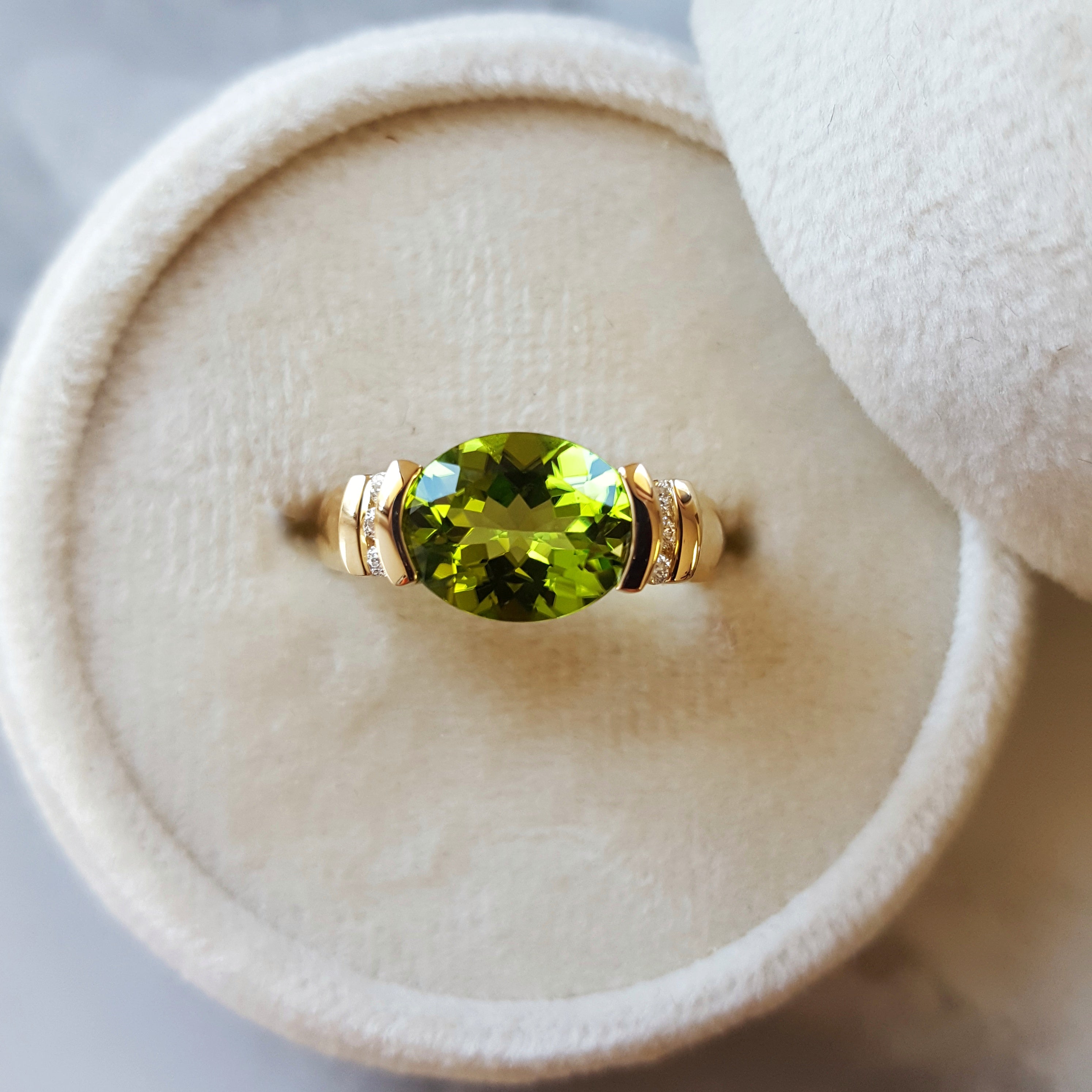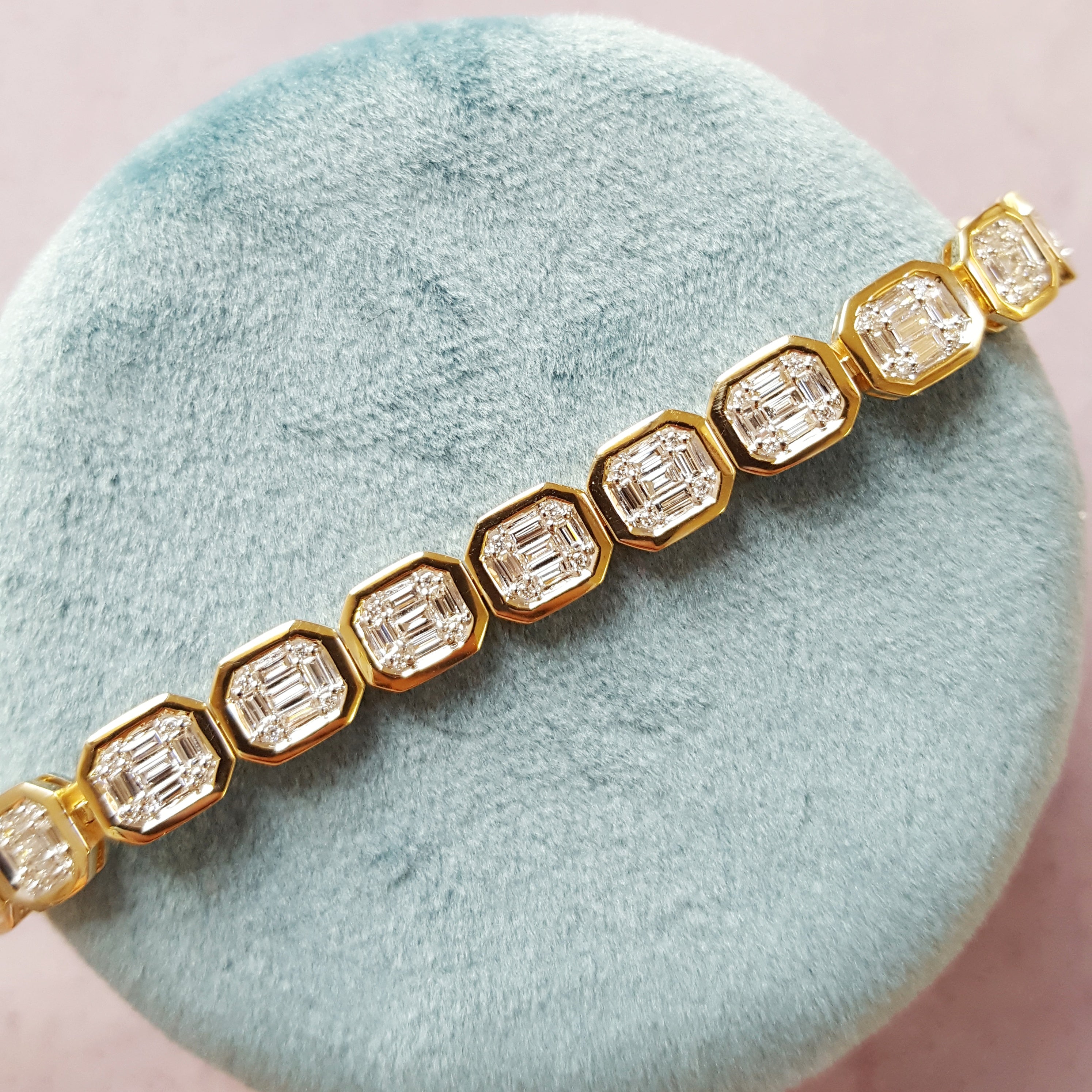A Sparkling Comparison of Diamonds: Lab Grown vs Natural
Diamonds have always been a symbol of love, beauty, and luxury. Thanks to modern technology, we now have two main types of diamonds to choose from: natural diamonds and lab-grown diamonds. Each type has its own unique features and appeal, catering to different tastes and values. Let’s take a look at the differences between these two dazzling gems and see what makes each of them special.
Natural Diamonds
How They Form:
Natural diamonds are formed deep within the Earth over billions of years under extreme heat and pressure. They’re brought to the surface through volcanic activity and then mined from the Earth’s crust. Each natural diamond has a unique story, making its way from deep underground to your jewelry box. Mother Earth creates these gems, and many people love that they can wear a testament to our planet’s majesty.
Rarity and Value:
The rarity of natural diamonds is a big part of their charm. Their long formation process and natural origins make each diamond unique. This rarity often makes natural diamonds more desirable for those looking for a unique and timeless piece of jewelry.
Tradition and Symbolism:
Natural diamonds are steeped in tradition and are often seen as symbols of romance and lasting commitment. They’re a popular choice for engagement rings and heirloom pieces, representing enduring love and a rich history.
Lab-Grown Diamonds
How They Form:
Lab-grown diamonds, also known as synthetic or cultured diamonds, are created in a controlled laboratory setting. Using methods like High Pressure High Temperature (HPHT) or Chemical Vapor Deposition (CVD), scientists can mimic the natural diamond formation process, resulting in diamonds that are chemically and physically near-identical to natural ones.
Affordability and Ethics:
One of the biggest draws of lab-grown diamonds is their affordability. Since they’re produced in a lab, there are no mining costs, making them more budget-friendly. Plus, lab-grown diamonds are often seen as a more environmentally-friendly choice, avoiding the social and environmental issues linked to diamond mining.
Customization and Variety:
Lab-grown diamonds offer a lot of options for customization. They can be made in various colors, shapes, and sizes, allowing for more personalized and unique jewelry designs. This variety appeals to those looking for something modern and distinctive. For example, it can be hard to find a natural 5-carat diamond in a fancy cut with specific color and clarity, but with lab grown, it is much easier to find exactly the stone you have in mind.
Retaining Value
Natural Diamonds:
One key difference between natural and lab-grown diamonds is how they retain value over time. Natural diamonds tend to hold their value better due to their rarity and long-standing market demand. They are often considered a long-term investment and can be passed down through generations as valuable heirlooms.
Lab-Grown Diamonds:
Lab-grown diamonds, while beautiful and identical in appearance to natural diamonds, generally do not retain value in the same way. As technology advances and production costs decrease, lab-grown diamonds may continue to become more affordable, which can affect their resale value. They are a fantastic option for those looking for stunning, budget-friendly, and ethically sourced diamonds, but they do not offer the same investment potential as natural diamonds.
Whether you go for a natural diamond or a lab-grown diamond, both have their own special benefits. Natural diamonds offer the allure of rarity, tradition, and timeless value, making them perfect for those who appreciate history and exclusivity. Lab-grown diamonds, on the other hand, are more affordable and innovative, appealing to those who value sustainability and modernity. In the end, the choice between natural and lab-grown diamonds comes down to your personal preferences and values. Both types are stunning and can add a touch of brilliance to any piece of jewelry.



















Leave a comment